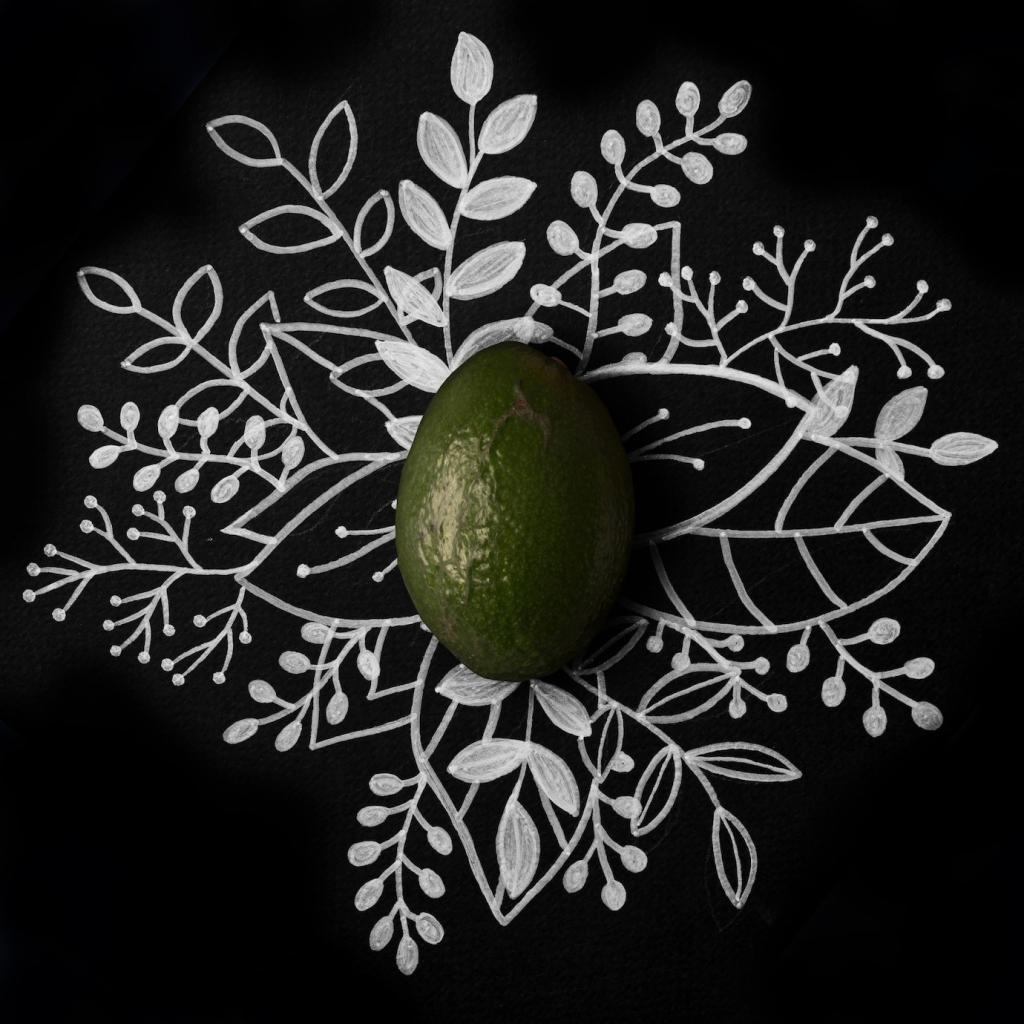Where Cork Comes From and Why It Matters
Cork comes from the bark of cork oak trees, gently harvested every nine years without felling the tree. That cycle lets each oak live 150–200 years, supporting wildlife corridors and local livelihoods. Imagine flooring rooted in patience, stewardship, and long-view craft.
Where Cork Comes From and Why It Matters
Look for responsibly sourced options, such as FSC-certified cork and low-VOC adhesives that protect indoor air. Many tiles use recycled cork from stopper production, closing loops beautifully. Have you discovered a brand or certification that gave you confidence? Share it with readers.






